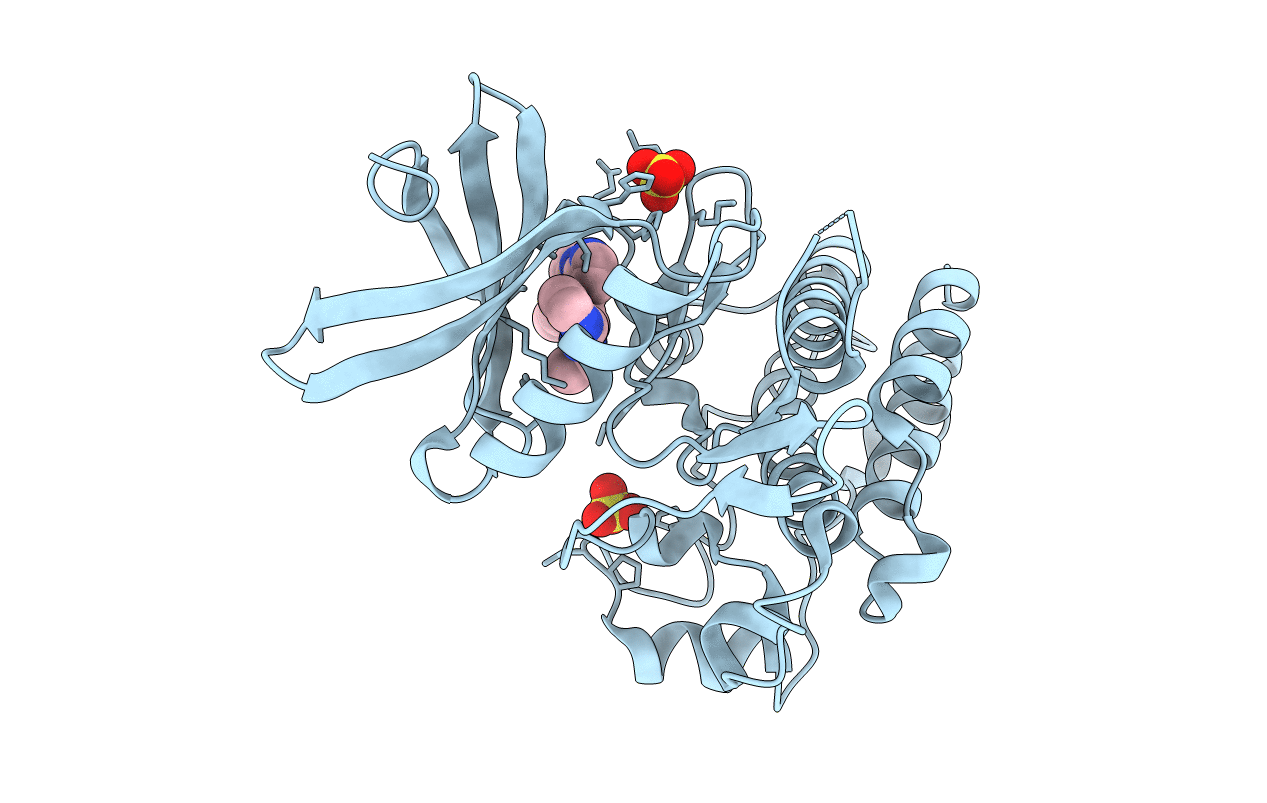
Deposition Date
2019-04-15
Release Date
2020-04-15
Last Version Date
2023-11-22
Entry Detail
PDB ID:
6JUX
Keywords:
Title:
Crystal structure of human ALK2 kinase domain with R206H mutation in complex with RK-71807
Biological Source:
Source Organism:
Homo sapiens (Taxon ID: 9606)
Host Organism:
Method Details:
Experimental Method:
Resolution:
1.75 Å
R-Value Free:
0.22
R-Value Work:
0.19
R-Value Observed:
0.19
Space Group:
C 2 2 21


